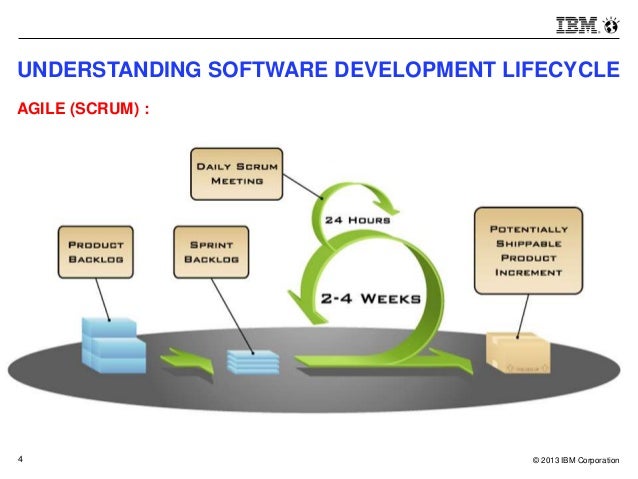Quick Shot review 5: Dacal Technology CD Library II Review date: 3 October 2003. Last modified 03-Dec-2011. I 's DC-101 CD Library more than a year ago now. The new DC-300 can briefly be described as the same thing, only more so. If you want a fairly automatic indexing system for a bunch of 120mm discs, one or more DC-300s will provide it. The Dacal CD Libraries aren't CD/DVD jukeboxes; they contain no drive mechanism, and can't read the discs you put in them. They're just motorised, database-backed, USB-connected disc es with 150 slots on a carousel.
You can use controls on the Library to dial up a particular slot (whereupon the carousel rotates to the right point, and a pusher arm delivers your disc), but you can also connect the Library to a PC or Mac (the DC-101 was Windows-only) and create a database of disc contents, so you can easily look up the one you want. Select the right disc, and the carousel and ejector do their thing, once again. The CD Libraries may not be able to read discs, but they're much cheaper than similarly capacious libraries that can. Here in Australia, Aus PC Market sell the DC-300 for $AU209, including Sydney metropolitan delivery (delivery to the rest of Australia costs more; the DC-300 isn't very heavy, but it's not small). The new CD Library is better looking than the old one.which resembled a miniature greenhouse.
The new design with its small, dark windows ought to minimise damage to writable discs from sunlight. The difference is more than skin deep, though. In place of the DC-101's simple knob for manual slot selection, the DC-300 has a proper keypad. Many users won't be touching the keypad all that often, of course; you're meant to control the Library from a PC. But manual control is still a welcome addition.
The DC-300 is also likely to deliver your disc rather faster than the DC-101; the old model could only turn clockwise, so going one slot anticlockwise required it to spin almost completely around. The DC-300 can spin both ways, which reduces the worst-case access time to about five seconds. There's still a key-lockable door over the disc in/out hole, which provides about the same level of security as it did for the DC-101 - which is to say, practically none. It'll stop casual disc-pinching or rearranging (with no onboard reader, a disc that's been replaced in the wrong slot can be very annoying to find), and it ought to also prevent younger family members from feeding into the Library. You get two pressed metal keys with the DC-300. Bollywood Movie Talaash Mp3 Songs Download.

Let's say you have already have Serial Adobe Lightroom 6. 3.5 and 4.0 in your computer. 3.5 is installed in C: Program Files CD Library (you can find 8 folders and 2 files here) 4.0 is installed in C: Program Files CDLIB (You can find CDLIB.MDB here) The CD Library! Freeware (Able to control DC-101 and DC-300) by JCITS Systems, LLC Important!!
If you lose them, any other pressed metal key, lolly-stick or piece of not-too-damp cardboard of about the same shape should work. The disc eject process is better now, too. The ejector arm pushes the disc right out of the DC-300, and a holder thingy folds down to catch it. This makes it easy to handle discs by the edges.
The old CD Library only poked the disc out a little bit, so you couldn't get it out without fingerprinting it. As with the DC-101, the DC-300 knows when its door is closed, and won't try to eject the disc then. Inside, the DC-300 is much the same festival of slotted plastic as the DC-101. The window in the top unclips quite easily, which may be handy if something goes horribly wrong, or you just don't have any power to run the Library.
Using it The back of the DC-300 has the same DC input jack and square-ish Type B USB input connector as the earlier CD Library, and you get a 9V DC power adapter with it. There's a second, Type A connector on the back as well, though; it lets you connect another USB device - another Library, or anything else you want. As with the DC-101, you can (in theory, at least) connect 127 DC-300s to one computer, for a total of 19050 discs. You're certainly not going to be able to do that by daisy-chaining all of them from a single port, but a computer with a couple of extra USB hubs and a couple of extra USB controller cards as well should have no trouble running at least a few dozen DC-300s.
Like the DC-101, the DC-300 is physically stackable, but all it has on the bottom are ordinary rubber feet, so you wouldn't want to make too tall a totem pole without using a more solid attachment method. Plug the DC-300 into a PC and it appears as a Generic USB Hub (that's the passthrough port), and as a USB Human Interface Device mouse, of all things. Don't ask me how Dacal have subverted the HID mouse standard to move CD Library data, but it doesn't seem to interfere with normal mouse operation, so never mind. The core of the CD Library system is the software. Unless you reverse-engineer the weird communication protocol being used, you won't be able to hook the CD Libraries into any database but the one they come with, so it needs to be pretty good.